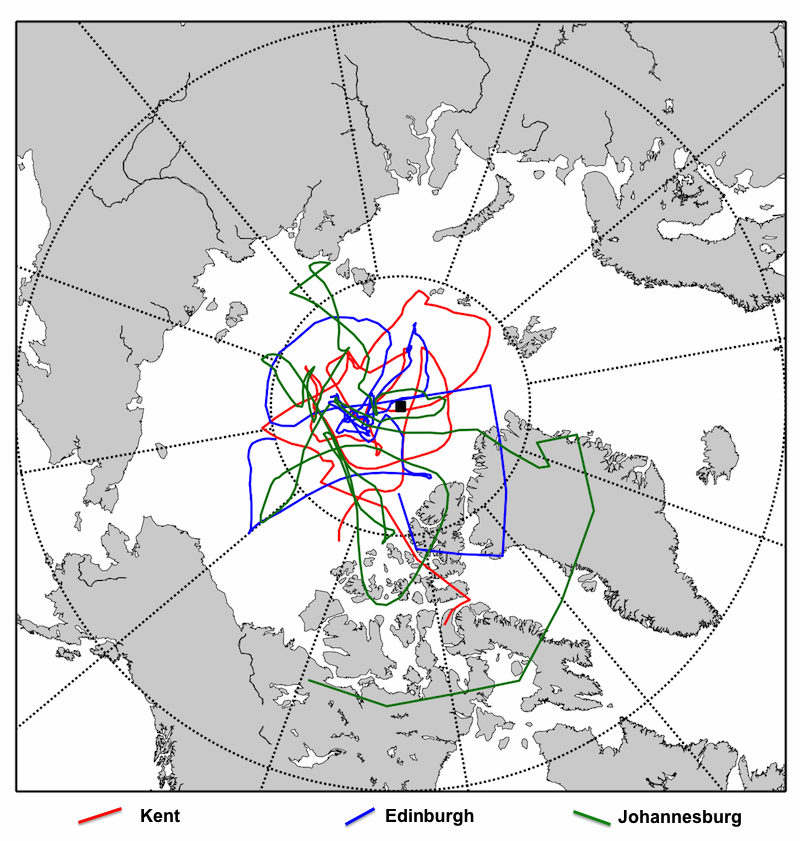This semester I was teaching a large in-person section of our general education physical geology course, ‘How The Earth Works’, for the first time since Spring 2020. In this class students earn 20% of their overall grade for ‘participation’. Pre-pandemic, this was earned by completing activity sheets during class and handing them in at the end of class. The activities were typically a series of questions exploring a key concept being introduced in the day’s class. I would give them some time to fill them…Continue Reading “Returning to large in-person classes – now with added polls and reflections!”
For the first time in a while, I attended the Fall Meeting of the American Geophysical Union, to reveal the results of my first foray into education research: The motivation for this study was simple. I had used my sandbox model in my Tectonics and Orogeny class before, and although the students had clearly enjoyed running experiments on it, I wasn’t sure how much they had really learned from it about geological structures and how they develop. There had to be a better way, and…Continue Reading “AGU 2019 Poster: do analogue sandbox models help students to visualise geologic structures and deformation?”
Over the past few months I have been experimenting with possible educational uses of 3D printing1, in two main areas: Terrain models The online TouchTerrain tool makes it easy to generate .STL files of bits of the Earth’s surface, which can then be easily loaded into a slicing tool that turns it into instructions for the 3D printer. I have a number of ideas for creating comparative models, to give students a tangible idea of the relative scale of different geological features and events. For example, you can…Continue Reading “Adventures in 3D printing”
3.8 billion years! 4 billion years! 4.4 billion years! 4.57 billion years! When discussing the age of the Earth in introductory geology, I think it is important for students to know at least the basic principles of where these ages come from. That means explaining radiometric dating, which is consistently a challenging concept for students to get their heads around. This year, my attempts to come up with more useful ways to illustrate radioactive decay led me to code some simple visualisations in Python. I…Continue Reading “Simulating radioactive decay”
A fundamental assumption of paleomagnetism is that, over geological timescales, the Earth’s magnetic field approximates a geocentric axial dipole – a purely dipolar field (like a bar magnet’s) that is centred on the Earth’s rotation axis. But we know that over human timescales, this is not true: the geomagnetic pole is found at high latitudes, but some distance from the geographic pole, and is known to wander about from year to year, decade to decade, and century to century. How to reconcile the GAD hypothesis…Continue Reading “Paleomagnetism Lab: Testing the GAD hypothesis”
